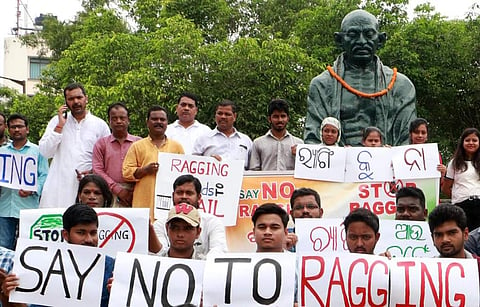

According to the anti-ragging cell, there were 511 cases of ragging reported across the country in 2023. This is a significant decrease from the number of cases reported in 2022, which was 810. The decline in the number of ragging cases is likely due to a number of factors, including the increased awareness of ragging and the strict penalties that are now in place for perpetrators.
However, it is important to note that the number of ragging cases that actually happen is likely much higher than the number that is officially recorded. This is because many students are reluctant to report ragging incidents, fearing retaliation from their seniors or the college administration.
Ragging is a serious problem that can have devastating consequences for victims. It can lead to physical and psychological harm, and it can even result in death. It is important to continue to raise awareness about ragging and to work to eradicate it from Indian colleges and universities.
A few steps that can be taken to prevent ragging:
Increase awareness of ragging. Students need to be aware of what ragging is and the consequences of participating in it. They also need to know where to report ragging incidents
Create a culture of respect. Colleges and universities need to create a culture of respect where students feel safe and supported. This can be done by training staff and students on anti-ragging policies and by providing support services for victims of ragging
Enforce strict penalties. Perpetrators of ragging need to be held accountable for their actions. This means that colleges and universities need to have strict penalties in place for ragging, such as suspension or expulsion
